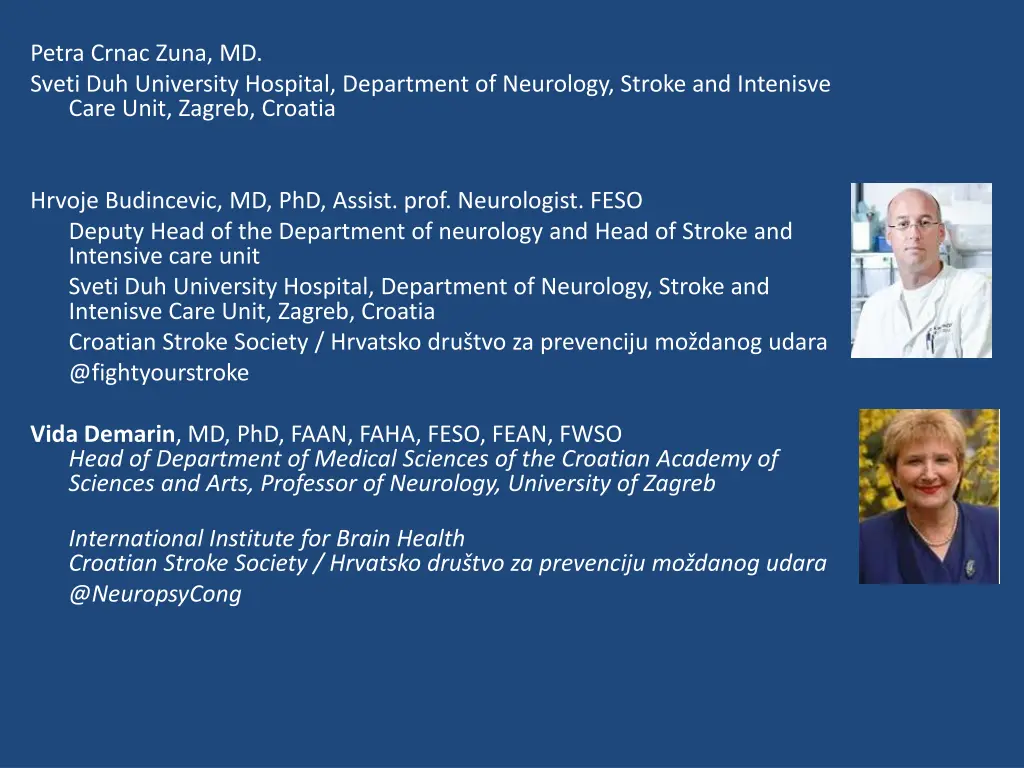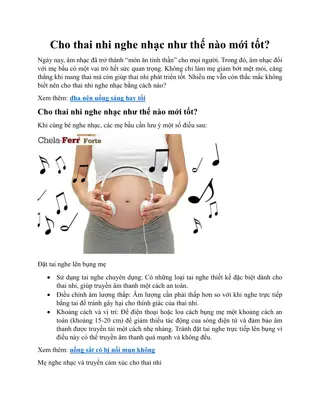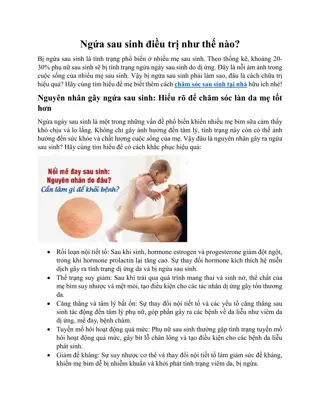
Symptomatic Carotid Artery Stenosis: Diagnostic Workup and Management Guidelines
Learn about the case of a 65-year-old man with symptomatic carotid artery stenosis and the appropriate diagnostic workup. Understand the management of atherosclerotic carotid and vertebral artery disease based on the 2017 Clinical Practice Guidelines of the European Society for Vascular Surgery.
Uploaded on | 0 Views
Download Presentation

Please find below an Image/Link to download the presentation.
The content on the website is provided AS IS for your information and personal use only. It may not be sold, licensed, or shared on other websites without obtaining consent from the author. If you encounter any issues during the download, it is possible that the publisher has removed the file from their server.
You are allowed to download the files provided on this website for personal or commercial use, subject to the condition that they are used lawfully. All files are the property of their respective owners.
The content on the website is provided AS IS for your information and personal use only. It may not be sold, licensed, or shared on other websites without obtaining consent from the author.
E N D
Presentation Transcript
Petra Crnac Zuna, MD. Sveti Duh University Hospital, Department of Neurology, Stroke and Intenisve Care Unit, Zagreb, Croatia Hrvoje Budincevic, MD, PhD, Assist. prof. Neurologist. FESO Deputy Head of the Department of neurology and Head of Stroke and Intensive care unit Sveti Duh University Hospital, Department of Neurology, Stroke and Intenisve Care Unit, Zagreb, Croatia Croatian Stroke Society / Hrvatsko dru tvo za prevenciju mo danog udara @fightyourstroke Vida Demarin, MD, PhD, FAAN, FAHA, FESO, FEAN, FWSO Head of Department of Medical Sciences of the Croatian Academy of Sciences and Arts, Professor of Neurology, University of Zagreb International Institute for Brain Health Croatian Stroke Society / Hrvatsko dru tvo za prevenciju mo danog udara @NeuropsyCong
Case of the week Symptomatic Carotid Artery Stenosis (SCS) Key words: Carotid Stenosis; Carotid Artery Disease; Symptomatic Carotid Stenosis; Carotid Stenosis Management; Case Report
A 65-year old man comes to the Emergency Department complaining of a brief episode of left sided weakness and slurred speech for the duration of 10 minutes. He has a previous history of arterial hypertension, but didn t take any medications. He has had no previous stroke or TIA. His body mass index is 30. He is a current smoker of 30 pack years and consumes moderate amounts of alcohol. He is recently retired and lives a sedentary lifestyle Brain CT scan: unremarkable Lab tests: fasting glucose 5.5 mmol/L, liver function tests, urea and electrolytes, blood counts and CK levels normal; fasting lipids TC 6.30/Tg 3.07/LDL 3.70/HDL 1.26 mmol/L ECG: unremarkable, sinus rhythm 70/min Carotid Doppler Ultrasonography: >70% stenosis of the right internal carotid artery.
Which of the following additional diagnostic workup would be the most appropriate as the next step? a) b) c) d) e) EEG CT angiography of the head and neck MRI of the cervical spine TCD Holter ECG
CT angiography of the head and neck: Subtotal stenosis of the right internal carotid artery Learning point: diagnostic workup in a patient with symptomatic carotid artery disease. Management of Atherosclerotic Carotid and Vertebral Artery Disease: 2017 Clinical Practice Guidelines of the European Society for Vascular Surgery (ESVS): Duplex ultrasound (as first-line), MSCT angiography and/or MR angiography are recommended for evaluating the extent and severity of extracranial carotid stenoses. When CEA is being considered, it is recommended that Duplex ultrasound stenosis estimation be corroborated by CT angiography or MR angiography, or by a repeat Duplex ultrasound performed by a second operator. When CAS is being considered, it is recommended that any Duplex ultrasound study be followed by CT angiography or MR angiography which will provide additional information on the aortic arch, the extra- and intracranial circulation. 1) Eur J Vasc Endovasc Surg (2018) 55, 3e81
According to the current definition, how long do the clinical signs last in TIA? Less than 30min Less than 1 hour Less than 24 hours Time duration is not defined
Learning point: definition of TIA A 24-hour duration of symptoms does not accurately demarcate patients with and without tissue infarction. Defining TIA with a 24-hour maximum duration has the potential to delay the initiation of effective stroke therapies. The frequency distribution of durations of transiently symptomatic cerebral ischemic events shows no special relationship to the 24-hour time point. A tissue-based definition of TIA will harmonize cerebrovascular nosology with other ischemic conditions and appropriately direct diagnostic attention to identifying the cause of ischemia and whether brain injury occurred. It is impossible to define a specific time cutoff that can distinguish whether a symptomatic ischemic event will result in brain injury with high sensitivity and specificity. AHA-Endorsed Revised Definition of TIA: a transient episode of neurological dysfunction caused by focal brain, spinal cord, or retinal ischemia, without acute infarction. 2) Stroke. 2009;40:2276-2293.
What kind of intervention would be the most appropriate for this patient? Medical treatment alone Carotid endarterectomy (CEA) Carotid angioplasty/stenting (CAS)
Learning point: management of symptomatic carotid artery stenosis. All the guidelines with CEA recommendations endorsed CEA for patients with severe ( 70% 99% by NASCET) average-CEA-risk SCS by recommending that it should be provided or may be provided. CAS should be or may be provided in patients with high-CEA risk because of vascular anatomy or medical comorbidities. No guidelines contained endorsements of medical treatment alone in patients with moderate or severe average-CEA-risk SCS. 3) Stroke. 2015;46:3288-3301. DOI: 10.1161/STROKEAHA.115.003390. A meta-analysis of pooled individual patient data from EVA-3S trial, SPACE trial, and ICSS confirms the higher periprocedural risk of stroke or death rate with CAS than with CEA (8 9% vs 5 8%). However, the investigators found heterogeneity between different age-groups, with a significant difference recorded only between CAS and CEA in patients older than 70 years (12 0% vs 5 9%, risk ratio 2 04, 95% CI 1 48 2 82, interaction p=0 0053). In patients younger than 70 years, no difference was noted between CAS and CEA, but the 95% confidence interval (0 68 1 47) does not exclude a difference in either direction. 4) The Lancet. 2010. 376(9746), 1028 1031.doi:10.1016/s0140-6736(10)61415-8
Which of the following would be the best treatment among patients with TIA or minor stroke who can be treated within 24 hours after the onset of symptoms? aspirin alone at 75mg during the first 90 days aspirin alone at 300mg during the first 90 days clopidogrel alone at 75mg per day during the first 90 days clopidogrel alone at 300mg per day during the firste 90 days clopidogrel at an initial dose of 300 mg, followed by 75 mg per day for 21 days, plus aspirin at a dose of 75 mg per day for the first 21 days, followed by aspirin alone indefinitely ** **in selected patients
Learning point: immediate drug treatment for TIA Aspirin introduction: preferably following urgent brain imaging (excluding cardio-embolic TIA). Consider addition of clopidogrel (with a loading dose of 300 mg) for a limited time in selected patients: younger/no brain pathology; large artery atherosclerosis/etiology; recurrent/crescendo TIA s. 5) BMJ 2019;364:l895 In patients presenting with high risk TIA or minor noncardioembolic ischemic stroke (NIHSS 3) who did not receive IV alteplase, treatment with dual antiplatelet therapy (aspirin and clopidogrel) started within 24 hours after symptom onset and continued for 21 days is effective in reducing recurrent ischemic stroke for a period of up to 90 days from symptom onset. 6) AHA / ASA Guideline for the Early Management of Patients With Acute Ischemic Stroke: 2019 Update
What kind of lifestyle modifications would you recommend to this patient after recovery from intervention, to decrease the likelihood of recurrent TIA/stroke? a) b) c) rest and avoid physical effort, alcohol and smoking cessation, standard DASH diet low-intensity physical activity 40min two times per week, mediterranean diet, alcohol cessation moderate-intensity physical activity 40min three to four times per week, mediterranean diet, moderate alcohol intake, smoking cessation vigorous-intensity physical activity 60min five times per week, vegetarian diet, three cups of coffee per day, smoking reduction d)
Learning point: lifestyle modification strategies, non-pharmacological treatment Mediterranean diet, focused on fruit, vegetable, fish, and whole grains,with the inclusion of low-fat dairy products, olive oil, and moderate alcohol intake, is beneficial in reducing stroke risk and cardiovascular disease. It encourages low intake of sugars and red meat with olive oil instead of vegetable oil and moderate amounts of alcohol, primarily wine. AHA/ACC recommendations are to participate in moderate - to vigorous-intensity physical activity lasting on average 40 min 3-4 times per week to reduce the risk of cardiovascular disease. Smoking has been widely demonstrated to contribute to first-time stroke as well as cardiovascular disease in general, and smoking cessation is recommended for prevention of further vascular events . Some symptomatic carotid revascularization trials have shown evidence of smoking status as independent risk factor for future stroke, heart attack, or death. 7) N Engl J med. 2013;368(14):1279 1290. doi: 10.1056/NEJMoa1200303. 8) J am Coll Cardiol. 2014;63(25 Pt B):2960 2984. doi: 10.1016/j.jacc.2013.11.003. 9) Stroke. 2014;45(7):2160 2236. doi: 10.1161/STR.0000000000000024. 10) Curr Treat Options Cardiovasc Med. 2017;19(8):62. doi:10.1007/s11936-017- 0564-0
Learning points TIA due to severe internal carotid artery stenosis is an emergency and should be managed with best medical therapy and CEA or CAS. Antiplateled therapy is indicated after a TIA indefinitely, in selected patients dual antiplatelet therapy for a limited period of time, followed by single antiplatelet therapy indefinitely. In the long-term, lifestyle modifications are necessary to reduce the risk of recurrent TIA or stroke.
References 1) Naylor AR, Ricco JB, de Borst GJ, Debus S, de Haro J, Halliday A, et al. Editor s Choice Management of Atherosclerotic Carotid and Vertebral Artery Disease: 2017 Clinical Practice Guidelines of the European Society for Vascular Surgery (ESVS). Eur. J. Vasc. Endovasc. Surg. 2018;55:3 81. Easton JD, Saver JL, Albers GW, Alberts MJ, Chaturvedi S, FeldmannE, et al. Definition and evaluation of transient ischemic attack: A scientific statement for healthcare professionals from the American heart association/American stroke association stroke council; council on cardiovascular surgery and anesthesia; council on cardiovascular radiology and intervention; council on cardiovascular nursing; and the interdisciplinary council on peripheral vascular disease. Stroke. 2009;40:2276 2293. Abbott AL, Paraskevas KI, Kakkos SK, Golledge J, Eckstein HH, Diaz-Sandoval LJ, et al. Systematic Review of Guidelines for the Management of Asymptomatic and SymptomaticCarotid Stenosis. Stroke. 2015 ;46:3288 3301. Available from: http://www.ncbi.nlm.nih.gov/pubmed/26451020 Amarenco P, Labreuche J, Mazighi M. Lessons from carotid endarterectomy and stenting trials. Lancet. 2010. 76:1028 1031. Available from: https://linkinghub.elsevier.com/retrieve/pii/S0140673610614158 Wang Y, Johnston SC, Bath PM, Grotta JC, Pan Y, Amarenco P, et al. Acute dual antiplatelet therapy for minor ischaemic stroke or transient ischaemic attack. BMJ. 2019;364. Powers WJ, Rabinstein AA, Ackerson T, Adeoye OM, Bambakidis NC, Becker K, et al. Guidelines for the Early Management of Patients With Acute Ischemic Stroke: 2019 Update to the 2018 Guidelines for the Early Management of Acute Ischemic Stroke: A Guideline for Healthcare Professionals From the American Heart Association/American Stroke Association. Stroke. 2019;50:e344 e418. Estruch R, Ros E, Salas-Salvad J, Covas M-I, Corella D, Ar s F, et al. Primary Preventionof CardiovascularDisease with a MediterraneanDiet. N. Engl. J. Med. 2013;368:1279 1290. Available from: http://www.nejm.org/doi/10.1056/NEJMoa1200303 Eckel RH, Jakicic JM, Ard JD, De Jesus JM, Houston Miller N, Hubbard VS, et al. 2013 AHA/ACC guideline on lifestyle management to reduce cardiovascular risk: A report of the American college of cardiology/American heart association task force on practice guidelines. J. Am. Coll. Cardiol. 2014;63:2960 2984. Kernan WN, Ovbiagele B, Black HR, Bravata DM, Chimowitz MI, Ezekowitz MD, et al. Guidelines for the preventionof stroke in patients with stroke and transient ischemic attack: A guideline for healthcare professionals from the American Heart Association/American Stroke Association. Stroke. 2014;45:2160 2236. Wabnitz AM, Turan TN. Symptomatic Carotid Artery Stenosis: Surgery, Stenting, or Medical Therapy? Curr. Treat. Options Cardiovasc. Med. 2017;19. 2) 3) 4) 5) 6) 7) 8) 9) 10)






















